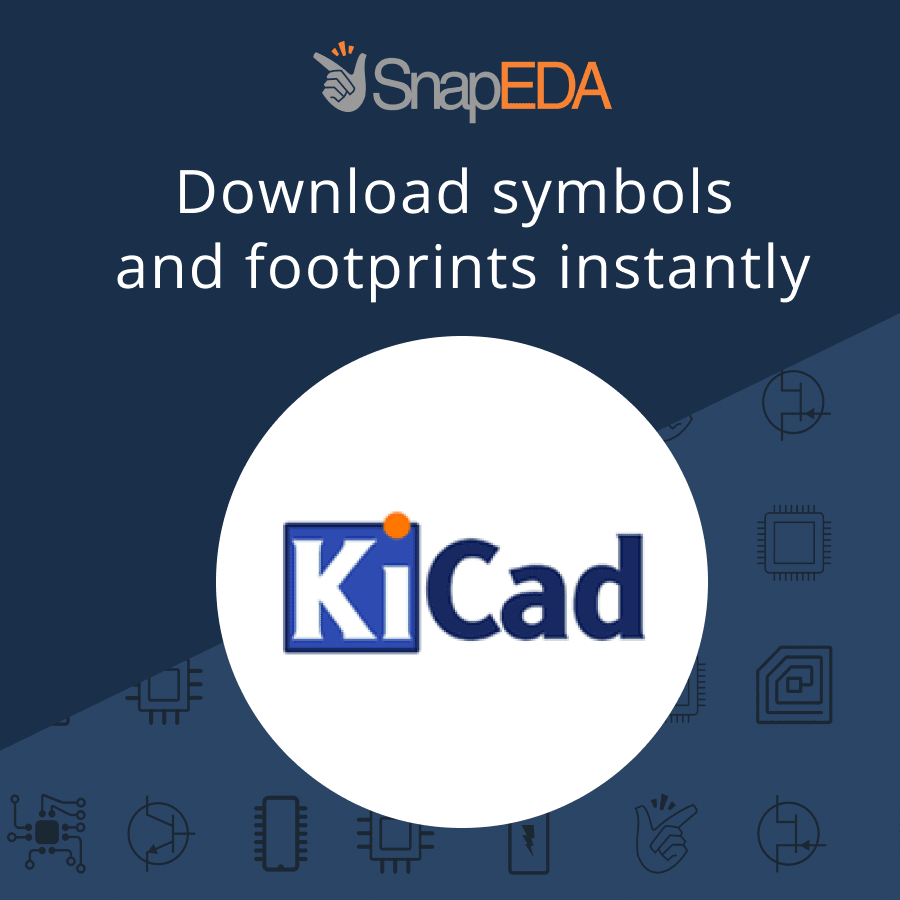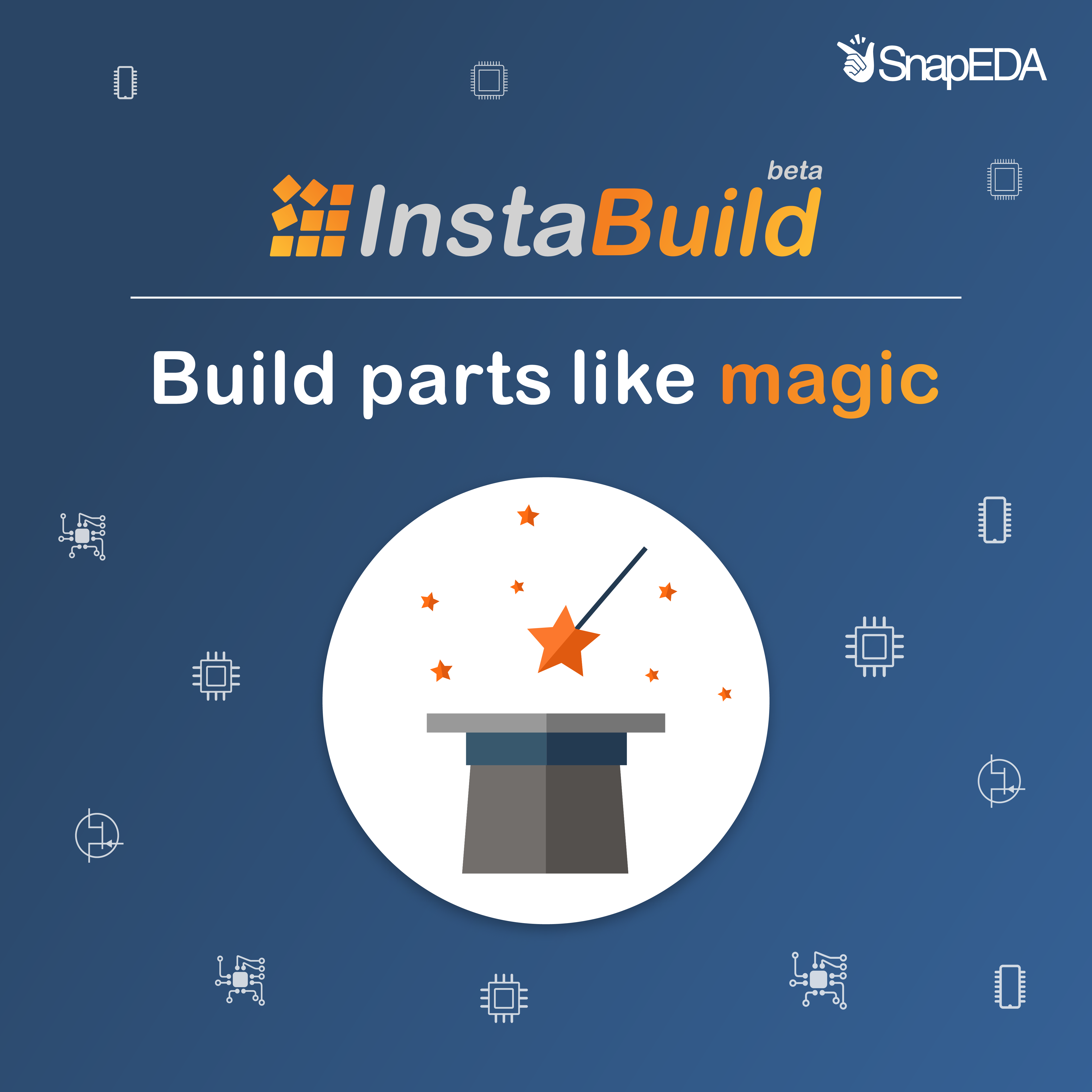Fiducial reference points are necessary in a circuit board if you are going to assemble your PCB using automated pick and place machines. Automated assembly machines require incredible precision to accurately place a 0201 size resistor or a 2mm x 2mm chip-scale micro BGA. A fiducial is the reference point on the PCB for assembly…
-
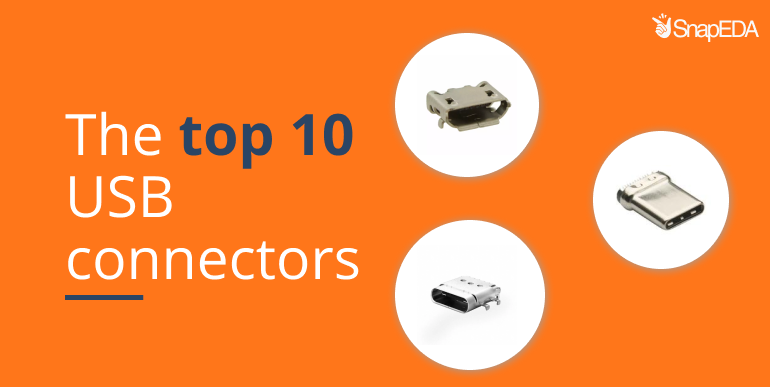
The top 10 USB connectors
Read moreTwo decades ago, parallel and serial ports were the dominant interfaces for connectivity and communication between computers and their peripheral devices. Today, USB connectors have largely replaced them, becoming so ubiquitous that they’re now the default interface of choice for most electronic devices – even supplying power. The first integrated circuits supporting USB were produced by Intel…
-
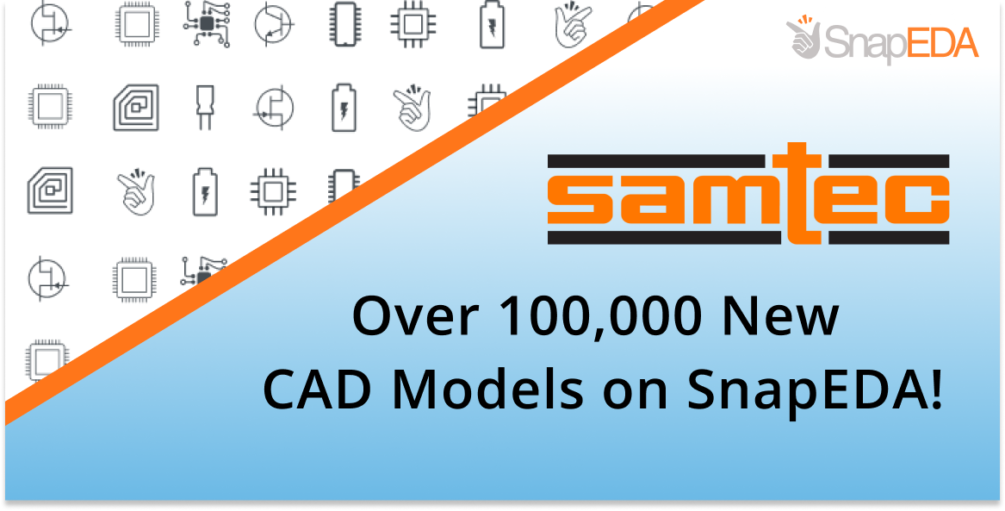
Over 100,000 new Samtec models now on SnapEDA!
Read moreWe’re excited to announce that you can now find new symbols and footprints for over 100,000 Samtec products on SnapEDA! Founded in 1976, Samtec is a privately held, $713MM global manufacturer of a broad line of electronic interconnect solutions. They’re among the most in-demand connector manufacturers on SnapEDA. With these new symbols & footprints, designers can…
-
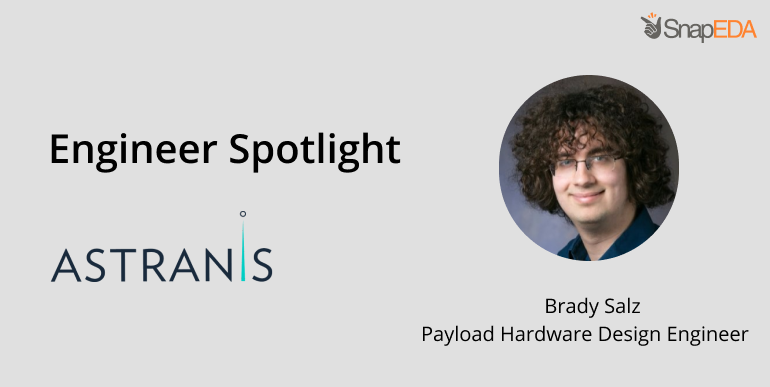
A satellite engineer explains the challenges of space electronics
Read moreWhether it’s surviving a turbulent rocket launch, or warding off radiation from the galaxy, Brady Salz of Astranis explains some of the unique challenges of designing printed circuit boards (PCBs) for space. Hi Brady, you’re a hardware engineer at Astranis. Can you tell us more about what you’re working on? Brady: Sure! At Astranis, we’re…
-

The top 10 AC-DC converters
Read moreAs a follow-up to our post on the Top 10 DC-DC Converters downloaded by the SnapEDA community, we thought it was about time to cover the top 10 AC/DC converters! Converting alternating current (AC) into direct current (DC) is one of the most common power electronics applications since electricity is transmitted as AC, yet electronics generally…
-
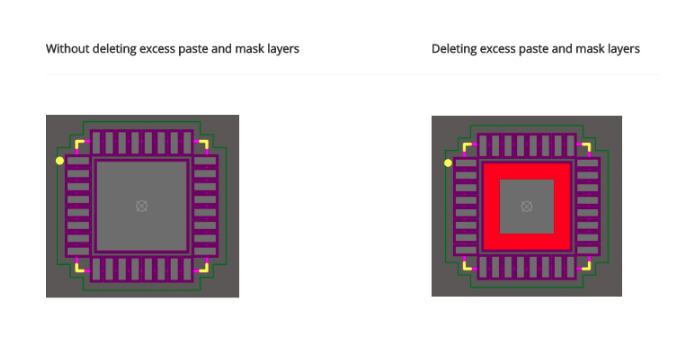
Tutorial: Removing excess solder mask and solder paste added during import to Altium
Read moreWhen importing footprints downloaded from SnapEDA into Altium, the importer will automatically add solder paste and solder mask anywhere there is a copper pad. Most of the time, a 1:1 ratio between the copper pad and these other layers is ideal (as per IPC standards), however, there are times when you’ll want to remove the…
-
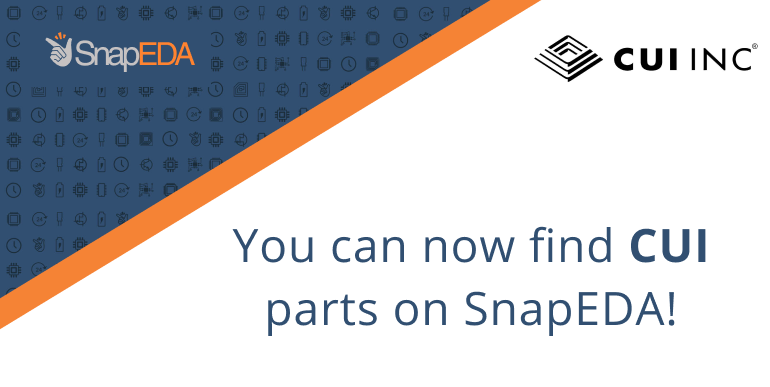
Announcing a new PCB library for CUI components
Read moreToday we’re launching CUI’s catalog of buzzers, speakers, microphones, and connectors on SnapEDA, as well as on CUI’s website via our plugin. CUI is a leading electronic components manufacturer with a broad range of board mount electromechanical components. With this new collaboration, designers will be able to drag-and-drop interconnect, audio, and motion parts libraries into their designs.
-
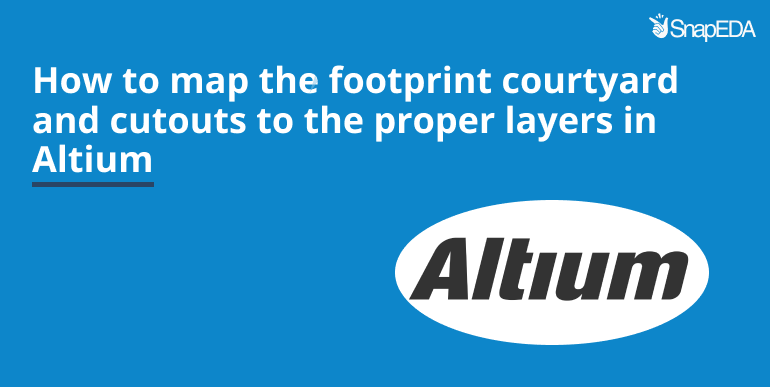
Best practices: How to map the footprint courtyard and cutouts to the proper layers in Altium
Read moreIf you’ve downloaded a footprint from SnapEDA for Altium, then you may have wondered how to properly import the courtyard and cutout layers. When importing the file, you need to map the placement courtyard to Mechanical Layer 15, and the board cutout regions to Mechanical Layer 1. In the video below, we’ll show you how…
-

10 Terminal Blocks To Supercharge Your Next PCB Design
Read moreTerminal blocks offer designers an easy and secure way to transmit data, signals, and power to your printed circuit board designs. They’re built from an insulating frame and a clamping component. Terminal blocks serve as an effective method of connecting wires, whether it’s to ground them, secure multiple wires together, or provide communication between a device…
-

Building the Commodore that should have existed, an interview with Stefany Allaire
Read moreLast month, the 100,000th hardware engineer registered on SnapEDA, so I thought it would be fun to reach out to learn more about what they were working on. Little did I know that it would turn out to be so epic! Stefany Allaire is building the Commodore 256, what she believes should have been the successor…


